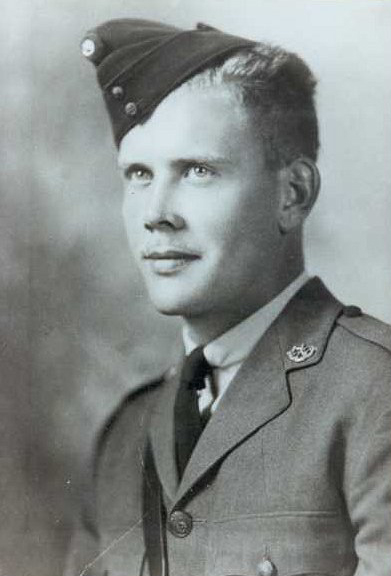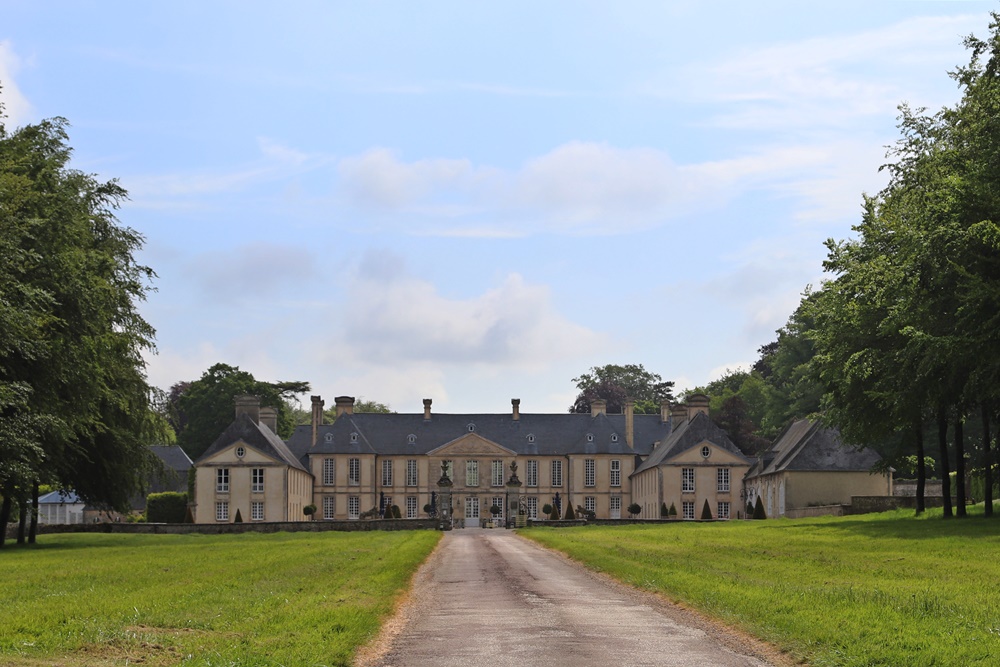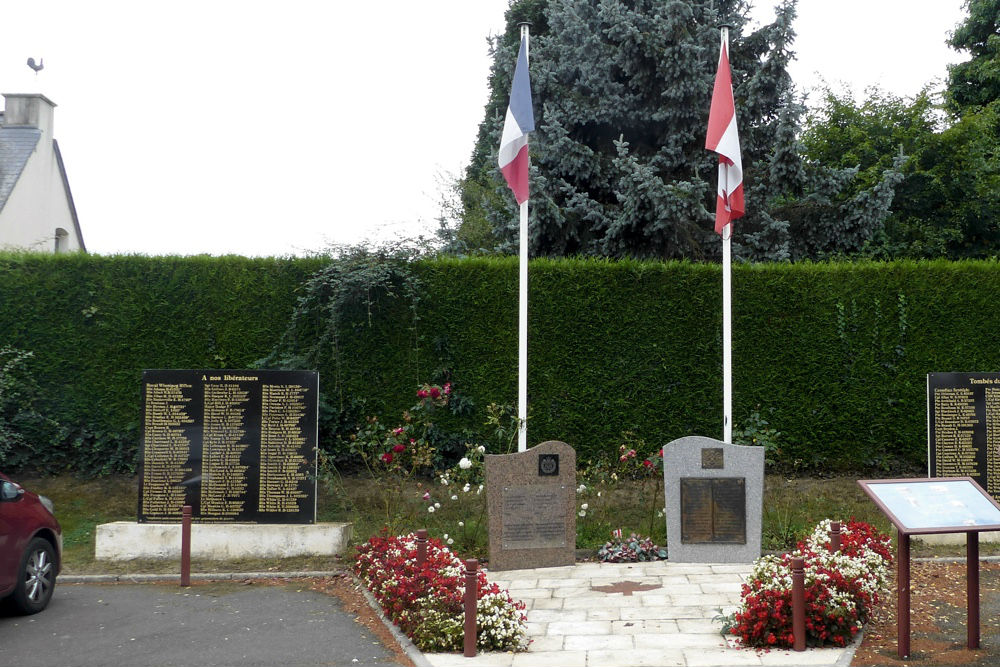Hodge, Frederick Edward
- Date of birth:
- May 17th, 1919 (Winnipeg/Manitoba, Canada)
- Date of death:
- June 8th, 1944 (France)
- Buried on:
- Canadian War Cemetery Beny-sur-mer
Plot: XIV. Row: B. Grave: 2. - Nationality:
- Canadian
Biography
Frederick Edward Hodge was born to Frederick John and Johanna Sigrid Hodge (née Amundson). He grew up in the Norwood neighborhood of Winnipeg, where he attended Provencher Public School and later Norwood Collegiate Institute, completing his education in 1936. After high school, he pursued a commercial course and worked as an assistant chief clerk for the Canadian National Railway.
Hodge’s military career began in May 1938 when he joined the Non-Permanent Active Militia, serving with the Royal Winnipeg Rifles. On June 6, 1940, he formally enlisted in the Canadian Active Service Force. He was commissioned as a Second Lieutenant and quickly rose through the ranks, becoming a Lieutenant in November 1940, a Captain in May 1942, and later an Acting Major. His leadership and aptitude were recognized through various command appointments and specialized training, including courses in anti-gas warfare, assault tactics, and camouflage.
In September 1941, Hodge was deployed overseas to England, where he continued his service with the Royal Canadian Infantry Corps, attached to the 1st Battalion of the Royal Winnipeg Rifles. He was part of the 7th Infantry Brigade of the 3rd Canadian Division, which landed on Juno Beach near Courseulles-sur-Mer on D-Day, June 6, 1944. During the advance inland, Hodge and several other Canadian soldiers were captured by the 26th SS Panzergrenadier Regiment near the village of Pavie in Calvados, France.
The prisoners were taken to the Château d’Audrieu, where they were executed at point-blank range by machine gun fire. Hodge was one of thirty-one Canadian soldiers found in a common grave. He was just 25 years old.
Major Frederick Edward Hodge is commemorated on the Royal Winnipeg Rifles Memorial, the Vimy Ridge Memorial Park Memorial in Winnipeg, and the Putot-en-Bessin Memorial in Normandy. In his honor, Hodge Bay on Coutts Lake, Manitoba, was named after him.
His story is preserved by the Canadian Fallen Heroes Foundation.
Do you have more information about this person? Inform us!
- Period:
- Second World War (1939-1945)
- Period:
- Second World War (1939-1945)
- Period:
- Second World War (1939-1945)
- Period:
- Second World War (1939-1945)
Sources
- Photo 1: Operation Picture Me
- - Service record(s)









